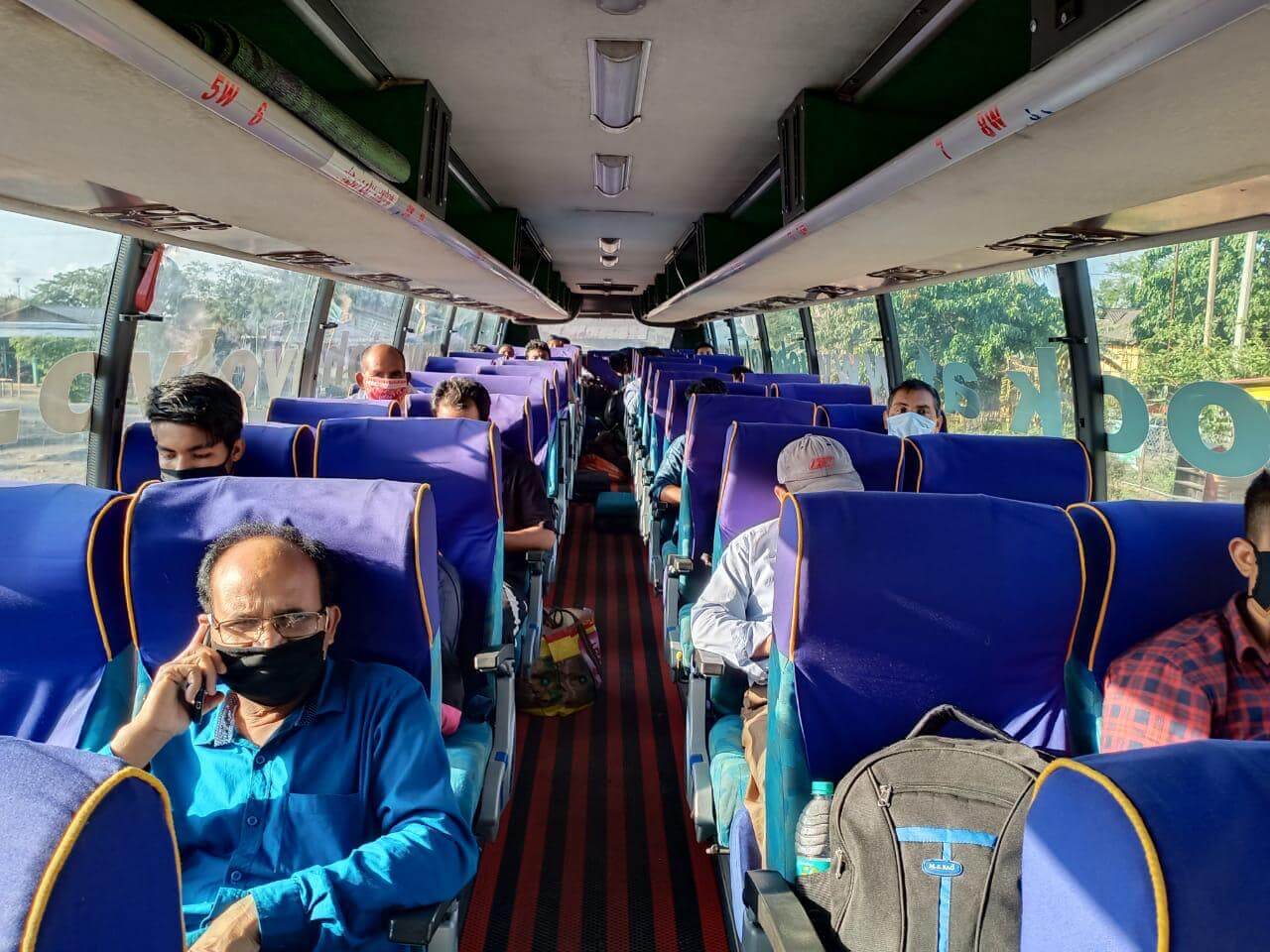India has been under lockdown for nearly 2 months and is now learning to adapt to the changing world with health safety precautions. While a few states which have a high number of COVID-19 positive cases may continue to remain under lockdown for longer, most states have realized that they cannot wait indefinitely for a vaccine or hope for the old-normal to come back. All industries including small businesses have suffered, while many people have either lost their livelihood or on the verge of losing it. There must be a new balance which we need to find between health safety and keeping livelihoods going.
Industries are opening gradually. Small businesses are open, much beyond just the essentials. Hotels and restaurants are opening in a restricted way. Domestic air travel, trains and intra-state buses have started to open up. At the same time, there is caution and the pendulum is likely to swing between opening businesses and safety in the coming months until we learn together to recognize the balance and adjust to it.
With businesses opening, the need for business travel will start increasing. For travel distances of more than 500 Kms, the choice is between airline and train. For less than 500 Kms, the choice is between train, bus and personal car. The availability and choice of train routes are constrained by rail infrastructure. For most other routes, bus travel and personal cars are the only options. Not all business travellers own a personal car or prefer to drive the full distance. Therefore, travelling by bus will be the only viable option for the majority. The question is: Is it safe to travel by bus?
At Bitla: We power nearly half of India’s long-distance private buses, which are mostly night buses. On a daily basis, we are speaking to bus operators, many of whom are our customers using Bitla software. ALL bus operators are focusing on health safety for their passengers. Being entrepreneurs, they understand that health safety being the biggest need of their customers is a MUST for them to get back repeat customers and survive in this industry. Here is what I am hearing from all my conversations:
- All ticket bookings are happening without the need for any physical contact, by using mobile apps or websites.
- Buses are sanitized after every trip: Including entry staircase, handles, curtains and seats. In most cases, curtains are removed where privacy is not needed.
- All drivers and conductors are screened using thermal sensors at the start of the day and are compulsorily wearing a mask throughout the journey.
- Reusable blankets are not provided, and instead, passengers are informed in advance to bring their own blankets.
- Luggage except personal bags are not allowed inside the bus, they are deposited inside the luggage cabin.
- At the time of boarding the bus, all passengers are mandatorily going through a thermal sensor. Any suspected person is not allowed to board the bus. Passengers who can board the bus are given hand sanitizers and a disposable mask.
- Identity proofs are checked for each passenger, to keep records of who is travelling. The government can ask bus operators for passenger information at any time, and this has put the onus and accountability on bus operators to allow only verified passengers.
- After entering the bus, passengers are seated at a distance from each other. Empty seats are marked to ensure enough social distancing is maintained throughout the journey.
Long-distance bus operators are taking all precautions to ensure that passengers can have a safe experience. A search on YouTube will show several videos of how buses are maintained hygienically. In the upcoming weeks, there is no safer and reliable way than a bus, for business travellers who travel less than 500 Kms. If you call your regular or favourite bus transporter, you will be surprised at the many more safety precautions they are taking in the interest of their passengers. Bus transporters are entrepreneurs and they do realize that passengers have a choice of transport and have adapted fully to ensure health safety to their customers.
